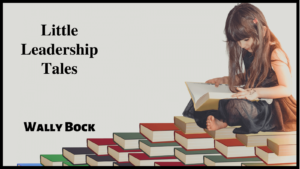Alfred Ely Beach reveled in science and invention. He was the publisher of Scientific American. He established a successful patent agency. And he built something called “Beach Pneumatic Transit.”
You can’t tell from the name, but it was one of the first subways. In the late 1860’s traffic in New York was horrid and growing more horrid by the hour, it seemed.
Other innovators thought that elevated railways were the answer. Beach thought that an underground railway made more sense.
In 1869, Beach began digging a tunnel under South Broadway. He imagined a train that was powered by fan-forced air. He even invented a pneumatic shield to make it possible, modeling it on one designed for boring a tunnel under the Thames.
Beach’s tunnel was completed in 1870. The total length was about 300 feet. The system had a single car and a single station. Both were quite impressive, though, incorporating paintings, frescoes, and fine furniture.
Beach Pneumatic Transit operated as a demonstration project for about three years. Beach could see no way to make a profit from the endeavor and the technology never worked for large-scale transit. So, the system was shut down, sealed up, and forgotten.
Forgotten, that is, until 1912 when a crew boring a tunnel for the Interborough Rapid Transit (IRT) bored straight into the old tunnel. The original station was still there, frescoes and all. The car was still there, too, complete with furniture.
Hidden Treasures Rule Nr 1: We learn from trials, even the ones that don’t work the way we think they will. Beach learned that his idea was not likely to be profitable and moved on to other things.
Hidden Treasures Rule Nr 2: The results of our trials are often still around, even if they’ve been buried for years. You could have a lot of value buried in those trials.
Hidden Treasures Rule Nr 3: Use your buried ideas for inspiration and insight. Here’s now Nucor does it.
Nucor is the largest steelmaker in the United States. They don’t have a Research and Development department. Instead, they expect workers and managers to come up with ideas and try them out. Many don’t work out. Nucor estimates the “failure” rate at about 50 percent. But a “failed” idea at Nucor doesn’t mean “buried forever.”
Every Nucor plant has a storehouse for technology and equipment that just didn’t work. They often spark ideas for new and better things to try. Sometimes circumstances change and an idea that wasn’t that good before becomes very good.
Nucor expects people to wander back to the storehouse from time to time, to look for good ideas among the bad. You can do the same thing. Every now and then, review your failures. You just might find some hidden treasure.


